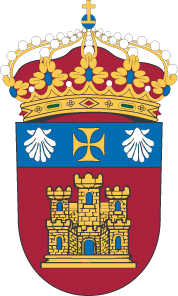Por favor, use este identificador para citar o enlazar este ítem: http://hdl.handle.net/10259/4351
Título
Restricted set classification: Who is there?
Publicado en
Pattern Recognition. 2017. V. 63. p. 158–170
Editorial
Elsevier
Fecha de publicación
2017-03
ISSN
0031-3203
Résumé
We consider a problem where a set X of N objects (instances) coming from c classes have to be classified simultaneously. A restriction is imposed on X in that the maximum possible number of objects from each class is known, hence we dubbed the problem who-is-there? We compare three approaches to this problem: (1) independent classification whereby each object is labelled in the class with the largest posterior probability; (2) a greedy approach which enforces the restriction; and (3) a theoretical approach which, in addition, maximises the likelihood of the label assignment, implemented through the Hungarian assignment algorithm. Our experimental study consists of two parts. The first part includes a custom-made chess data set where the pieces on the chess board must be recognised together from an image of the board. In the second part, we simulate the restricted set classification scenario using 96 datasets from a recently collated repository (University of Santiago de Compostela, USC). Our results show that the proposed approach (3) outperforms approaches (1) and (2).
Palabras clave
Pattern recognition
Object classification
Restricted set classification
Compound decision problem
Chess pieces classification
Materia
Computer science
Informática
Versión del editor
Aparece en las colecciones
Documento(s) sujeto(s) a una licencia Creative Commons Attribution-NonCommercial-NoDerivatives 4.0 International











